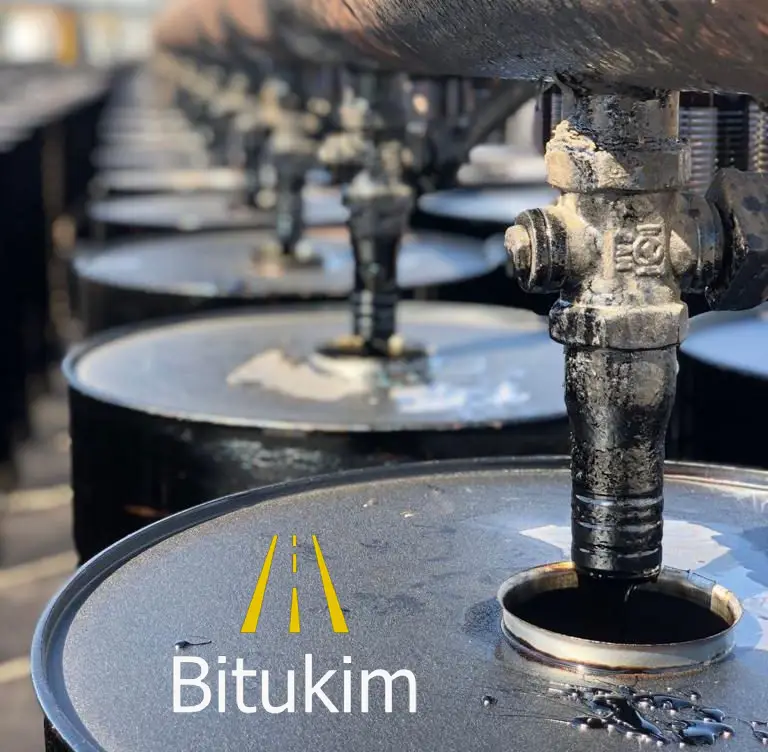
Optimizing bitumen consumption in different industries involves implementing various strategies to reduce waste, improve efficiency, and maximize performance. Here are some methods used across different industries:
-Material Selection:
Choosing the right type of bitumen for specific applications based on performance requirements and environmental conditions can help optimize consumption. For example, using polymer-modified bitumen in road construction projects can enhance durability and reduce the need for frequent maintenance.
Material selection plays a crucial role in optimizing bitumen usage across various industries. Here’s how it contributes to efficiency and performance:
1. Type of Bitumen: Choosing the appropriate type of bitumen based on the specific requirements of the application is essential. For example, using polymer-modified bitumen (PMB) in road construction projects can enhance durability and reduce the need for frequent maintenance, ultimately optimizing consumption.
2. Grade and Specification: Selecting the right grade and specification of bitumen based on factors such as climate conditions, traffic volume, and pavement design requirements ensures optimal performance and longevity. This prevents overuse or underuse of bitumen, leading to efficient consumption.
3. Additives and Modifiers: Incorporating additives and modifiers into bitumen formulations can enhance its properties and performance. For instance, adding polymer modifiers can improve the elasticity and resistance to rutting and cracking, allowing for the use of thinner asphalt layers and reducing overall bitumen consumption.
4. Recycled Materials: Utilizing recycled materials like reclaimed asphalt pavement (RAP) in bituminous mixtures reduces the demand for virgin bitumen and minimizes waste. By incorporating recycled materials into asphalt mixes, industries can optimize bitumen consumption while promoting sustainability.
5. Compatibility with Aggregates: Ensuring compatibility between bitumen and aggregates used in asphalt mixes is essential for achieving adequate coating and adhesion. Proper material selection helps optimize the asphalt mix design, leading to efficient use of bitumen and improved pavement performance.
6. Performance Requirements: Consideration of performance requirements, such as fatigue resistance, moisture susceptibility, and temperature susceptibility, guides material selection decisions. By selecting materials that meet specific performance criteria, industries can optimize bitumen consumption while ensuring the long-term durability of asphalt pavements.
7. Environmental Factors: Taking into account environmental factors such as temperature variations, moisture levels, and exposure to UV radiation influences material selection decisions. By choosing materials that are resistant to environmental degradation, industries can minimize the need for frequent repairs and maintenance, thus optimizing bitumen consumption over the lifecycle of the infrastructure.
-optimizing bitumen consumption by Mix Design Optimization:
Adjusting asphalt mix designs by incorporating additives, modifiers, or recycled materials can improve the performance of asphalt pavements while reducing the overall bitumen content.
-optimizing bitumen consumption by Temperature Control:
Proper temperature control during bitumen storage, transportation, and application ensures optimal viscosity and workability, reducing wastage and improving quality.
-optimizing bitumen consumption Recycling and Reclamation:
Implementing processes to recycle and reclaim bitumen from reclaimed asphalt pavement (RAP) and other sources can reduce the demand for virgin bitumen and lower overall consumption.
-Application Techniques:
Employing advanced application techniques such as warm mix asphalt (WMA) technology, which allows for lower mixing and compaction temperatures, can reduce energy consumption and emissions while improving workability and compaction.
-optimizing bitumen consumption by Quality Control:
Implementing stringent quality control measures throughout the production and construction processes ensures that bitumen is used efficiently and effectively, minimizing waste and maximizing performance.
-Maintenance Practices:
Regular maintenance and preservation techniques such as crack sealing, surface treatments, and preventive maintenance can extend the service life of asphalt pavements, reducing the need for costly repairs and reconstruction.
-Life Cycle Assessment (LCA):
Conducting life cycle assessments to evaluate the environmental impact of different bitumen usage scenarios can help identify opportunities for optimization and sustainability improvements.
By implementing these methods, industries can effectively optimize bitumen consumption while achieving their performance and sustainability goals.

